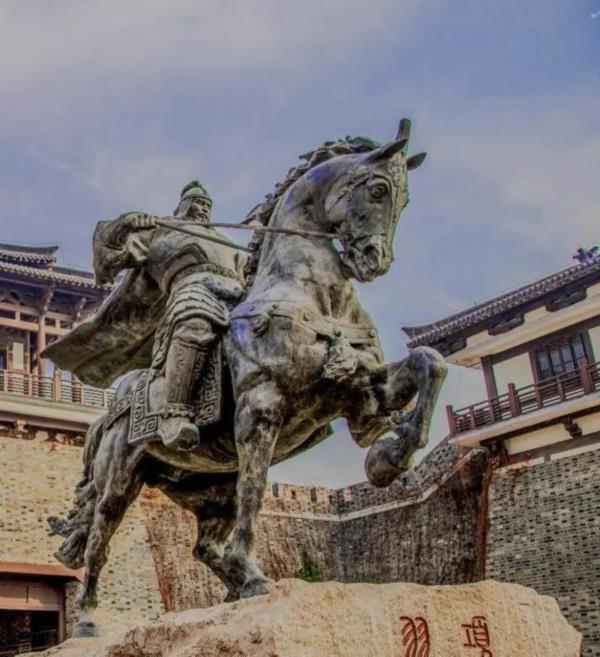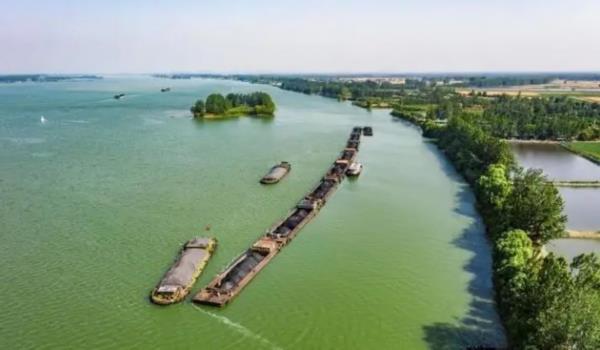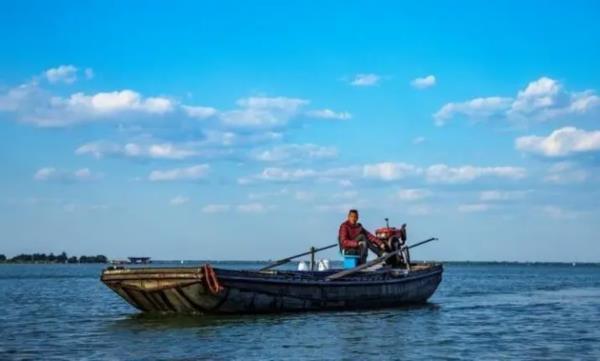Canal Appreciation | Meitu: Canals in Summer

The Beijing-Hangzhou Grand Canal is the longest and largest man-made canal in the world, and it is also one of the oldest canals. Together with the Great Wall and the karez, it is known as the three great projects of ancient China. It is a great project created by the working people of ancient China and one of the symbols of Chinese cultural status.
The location of the canal in the Beijing-Hangzhou Grand Canal and the direction of its main stream.

Shandong Zaozhuang Taierzhuang ship lock downstream Wetland Park, Taierzhuang Taogou Bridge Wetland Park.


Suqian Zao River Qianlong Palace Yubi Pavilion, Suqian Xiangwang hometown of Xiang Yu sculpture.


Modern large-scale Suqian Liu Laojian third line lock, Subei Canal lock lock room.


According to the records, as early as more than 300 years ago, Siyang Zhongxing Town was used as a key point for water transportation, a place where officials, merchants, and Zao Gang boatmen traveled on boats and horses, or went to the three gates in the south to experience risks, or came to the north to be in shock, all of which had the psychological need to pray and hope. There were Fujian people who built a palace on Mule Street to worship the statue of Mazu, and it was originally called "Tianfei Palace". It was a meeting place for Fujian merchants to develop business, and it was also a place for them to pray and worship. Later, Emperor Kangxi gave it the seal and renamed it "Tianhou Palace". The whole group of buildings of Tianhou Palace was originally three-way, and now there are the front hall and the main hall. The eaves of the front hall are stoned with "Haiyan" and "Heqing", and the calligraphy is dignified and elegant, which sustains the deep prayers of the people There is an open-air stone statue of Mazu in the courtyard, wearing a phoenix crown, holding Ruyi in the hand, solemn and kind, elegant and handsome facing the canal, as if walking on the waves.

Here has also become the only Mazu cultural relics on the Thousand Miles Canal. The temples here are managed by Buddhist people, and the statues in the main hall are also unique. Mazu sits in the front, followed by Sakyamuni Buddha, and is incense by Buddhist believers at all times.

The Middle Canal, the northern section of the Beijing-Hangzhou Grand Canal in Jiangsu, and the Yishusi river system. It was rebuilt on the basis of the Canal and the Middle River excavated in the Ming and Qing dynasties. It starts at the junction of Taierzhuang District, Shandong Province and Pizhou City, Jiangsu Province, and is connected to the Hanzhuang Canal. It flows through Pizhou City in the southeast, and is connected to Luoma Lake from Erwan to Zaohe Gate in Xinyi County. The following Zaohe Gate is basically parallel to the abandoned Yellow River, flowing through Suqian, Siyang, and Huaiyin Yangzhuang. It is 179 kilometers long and has a basin area of 6,800 square kilometers.
The main tributaries are: Bulao River, Picang Floodway, Laoxi River, Chenghe River, Fangting River, Minjian River, etc. There are cascade hub projects (including control locks, ship locks and pumping stations) along the Zao River, Suqian, Liulaojian, and Siyang.
Before the Qing Dynasty, the Middle Canal was mainly a water transportation route. After liberation, it became a comprehensive river channel such as flood discharge, drainage, shipping, and water transportation. It was a part of the Beijing-Hangzhou Grand Canal and a water transportation channel for the east route of the South-to-North Water Diversion, which promoted the economic development of the riverside areas.




The single-engine ships sailing in the channel, the fleet is like a long dragon carrying more than 10,000 tons of cargo. The smallest island in the channel, the entire island is only 100 square meters.



The water quality of the canal is excellent, and the water in the canal can be drunk directly. There are scenery on both sides of the canal, and now it is time for gardenias to bloom.


The boat on the canal, the boss of the boat is here to pick up fishing enthusiasts, and there are people all over the country who go fishing by the middle canal.


In summer, the weather is changeable, and there are sudden thunderstorms, and fishermen with rainproof gear head home. Fishing in the river in summer is also very dangerous. They used to use small wooden boats, and the traditional skill of building wooden boats has been lost. Now most of them are steel boats, and the potential danger comes with it.


The people living by the canal are particularly happy, with beautiful scenery everywhere, culture every step of the way, and the extensive and profound canal culture has been passed down from generation to generation!
By the canal, there are exciting scenes everywhere.

The Grand Canal in the setting sun is quiet and comfortable, vast and far-reaching… This golden waterway will be even better tomorrow!



About the Author

Jia Chuanjun, a native of Pizhou City, Jiangsu Province, is a member of the Chinese Photographers Copyright Association, a member of the Chinese Folk Photographers Association, a member of the Xuzhou Photographers Association, a member of the Xuzhou Cultural Tourism Photography Association, and a member of the Pizhou Photographers Association. A number of photos of the Grand Canal theme have been pushed and shared on the Publicity Department of the Chinese Communist Party Xuexi Qiangguo platform, and a number of photo albums have been pushed on the Daqinling Mountains, Grand Canal Cultural Research, China Canal Network and other photography platforms and other official accounts. The work "Night Voyage" has been awarded the second "Lang Jingshan Cup" in China. The theme of the Grand Canal is the National Canal City Tour Exhibition. In September 2018, "Beijing-Hangzhou Grand Canal-Middle Canal" was exhibited in the 18th International Photography Exhibition in Pingyao, China. "Lighthouse on the Canal (Group) " was exhibited to celebrate the 70th anniversary of the founding of the People’s Republic of China. "Beautiful New Home of the Millennium Grand Canal" was exhibited in Hangzhou, Beijing, etc., and was highly concerned by Chinese and foreign visitors. The author was born by the canal On the canal, I have a deep affection for the mother river of this ancient civilization. I have been taking photos of the canal for many years. I have walked the Beijing-Hangzhou Grand Canal three times, traveling thousands of miles to take more than 10,000 photos of the canal.